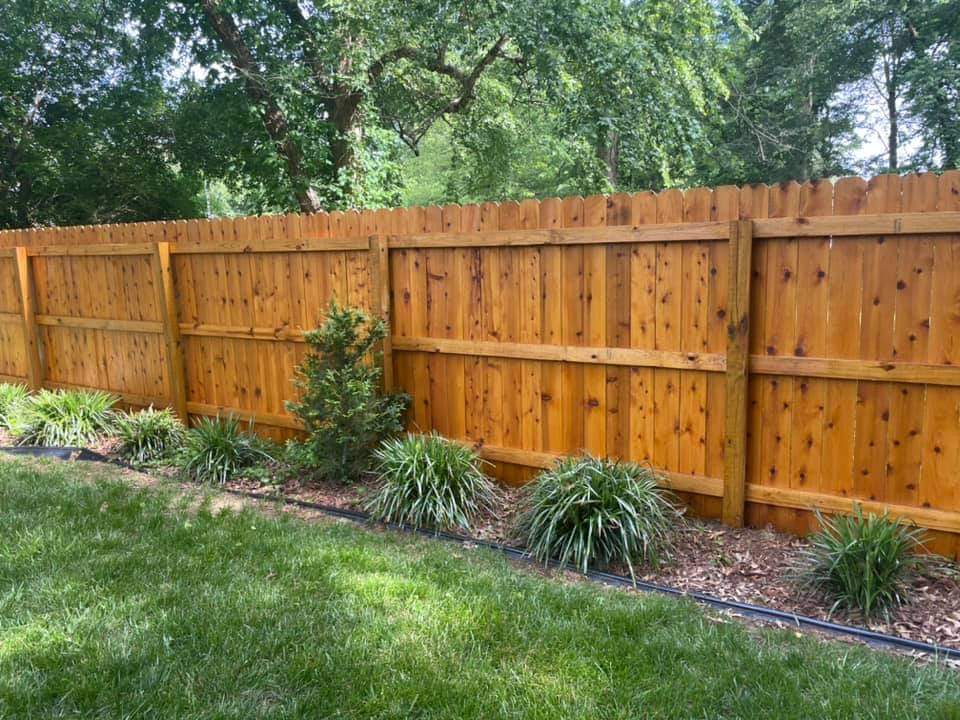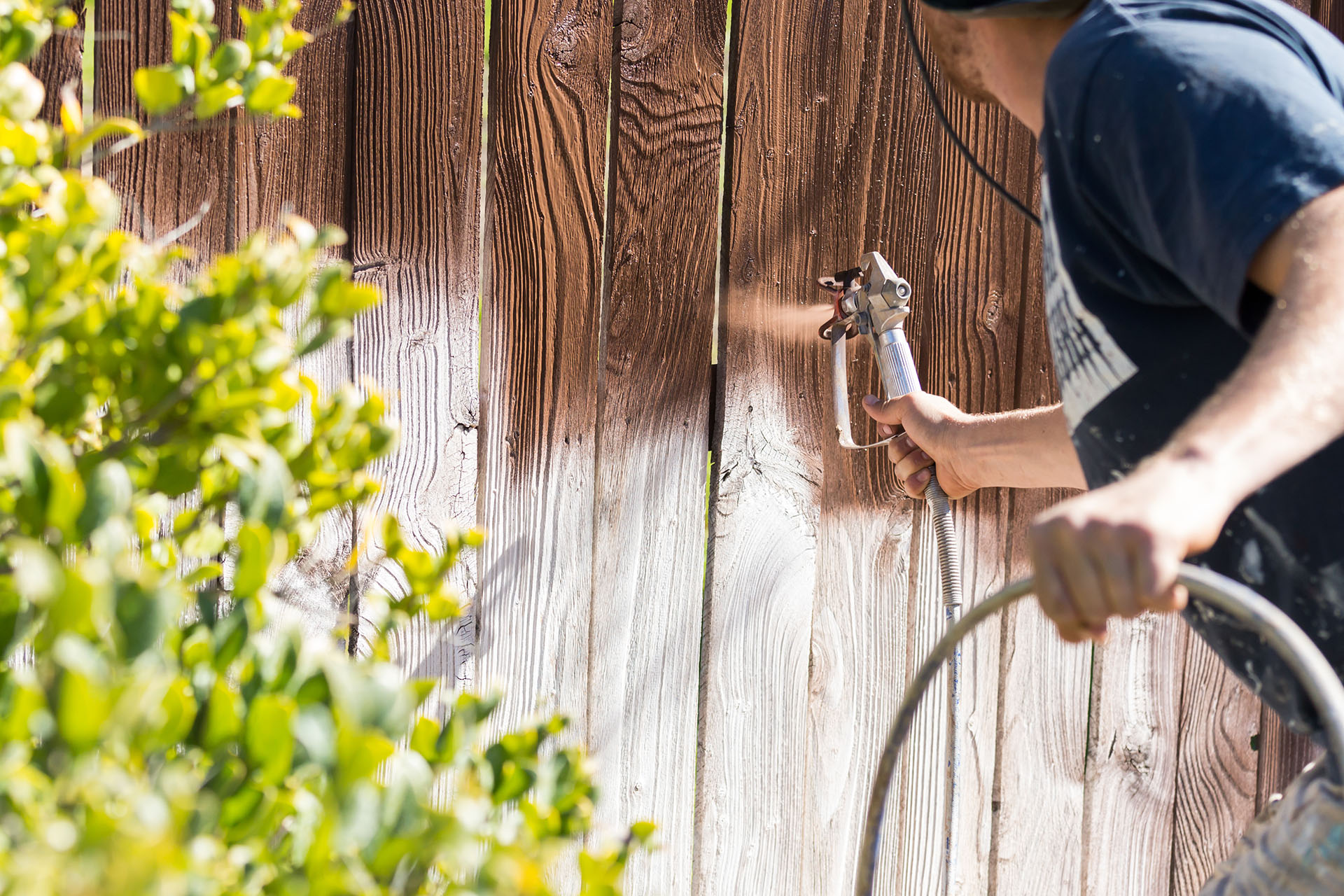Protect Your Surfaces with Concrete Sealing Brentwood
Crucial Tips for Deck Discoloration Success
Achieving a faultlessly discolored deck requires even more than just a brush and a can of tarnish. From choosing the appropriate type of tarnish to grasping the art of application, each stage plays a critical function in the final end result.
Selecting the Right Stain
Choosing the suitable stain is critical in achieving a durable and cosmetically pleasing surface for your deck. deck cleaning near me. When picking a discolor for your deck, it is important to think about factors such as the timber type, wanted shade, level of defense required, and upkeep choices
Firstly, take into consideration the kind of timber your deck is constructed from, as various wood types might react in different ways to certain sorts of discolorations. Hardwoods like oak or mahogany may require various spots contrasted to softwoods like want or cedar. Understanding the features of the timber will certainly assist you pick a tarnish that permeates properly and enhances its all-natural elegance.
Next, consider the color you want for your deck. Spots come in a selection of shades, from all-natural tones that enhance the timber's grain to more nontransparent shades that offer far better UV protection. Select a shade that complements your outside room and matches your aesthetic choices.
Additionally, analyze the level of security the tarnish offers. Some spots give more considerable protection versus UV rays, dampness, and mildew, which can extend the life of your deck. Stabilizing protection with aesthetics is essential to attaining a visually enticing and lasting surface.
Preparing the Deck Surface Area
To make certain an effective application of the chosen stain, detailed preparation of the deck surface is important. Start by cleaning up the deck completely to get rid of dust, particles, and any kind of previous coatings. Use a deck cleaner or wood brightener together with a stiff-bristled brush to scrub the surface clean. Pay very close attention to areas susceptible to mold and mildew growth. After cleaning, allow the deck to dry completely prior to proceeding.
Evaluate the deck for any type of harmed or rotten boards. Change or fix these as required to make certain the architectural integrity of the deck. Sanding the surface area might be needed to smooth out rough locations and get rid of any kind of loose wood fibers. deck staining franklin. This step not just assists the tarnish adhere better yet additionally improves the overall look of the deck.
Applying the Spot Appropriately

When using the discolor, use a sprayer, paintbrush, or roller , depending on the kind of discolor and the size of the deck. Apply the stain in the instructions of the timber grain to make certain also protection and an expert finish.
If a second coat is essential,Enable the first layer to completely dry completely prior to making a decision. Comply with the producer's guidelines relating to drying times and reapplication. Correct application Recommended Reading of the discolor is essential for shielding your deck and boosting its appearance for several years to find.
Maintaining Your Discolored Deck
After effectively using the tarnish to your deck, keeping its look and protective qualities is important for lasting sturdiness and visual charm. Normal upkeep is vital to preserving the beauty and integrity of your discolored deck. Attending to concerns promptly can stop them from getting worse and expand the life of your discolored deck.

Troubleshooting Common Issues
Identifying and resolving typical issues that might occur with your discolored deck is essential for guaranteeing its longevity and optimum performance. One usual problem is peeling off or flaking of the tarnish. This can occur as a result of poor attachment triggered by insufficient surface area preparation or using the stain in undesirable climate condition. To remedy this, the impacted locations need to be removed, fined sand, and correctly re-stained following maker standards.
One more concern frequently come across is mold and mildew and mildew growth on the deck surface area. This can be credited to moisture retention, absence of sunshine, or improper air flow. To tackle this problem, a comprehensive cleaning with a mold and mildew and mold cleaner followed by proper drying out and application of a mold-resistant tarnish is crucial.
In addition, fading of the discolor color over time is a common worry. UV direct exposure and rough climate can create discoloration. To address this, choosing a high-grade, UV-resistant tarnish and using a fresh layer occasionally can aid keep the deck's visual allure.

Final Thought
In conclusion, effective deck staining requires picking the best stain, effectively preparing the deck surface, applying view the discolor correctly, and keeping the discolored deck. By complying with these important tips, you can accomplish a wonderfully tarnished deck that improves the overall look of your outside room. Keep in mind to repair any type of usual problems that may arise throughout the staining process to ensure a aesthetically appealing and long-lasting result.
Attaining a perfectly stained deck requires more than simply a brush and a can of tarnish.To guarantee an effective application of the picked stain, detailed preparation of the deck surface area is essential. When applying the discolor, use a paintbrush, roller, or sprayer , depending on Discover More the type of discolor and the dimension of the deck.Identifying and attending to usual concerns that may occur with your discolored deck is crucial for ensuring its longevity and ideal performance.In verdict, successful deck staining needs selecting the appropriate tarnish, properly preparing the deck surface, applying the discolor properly, and preserving the discolored deck.